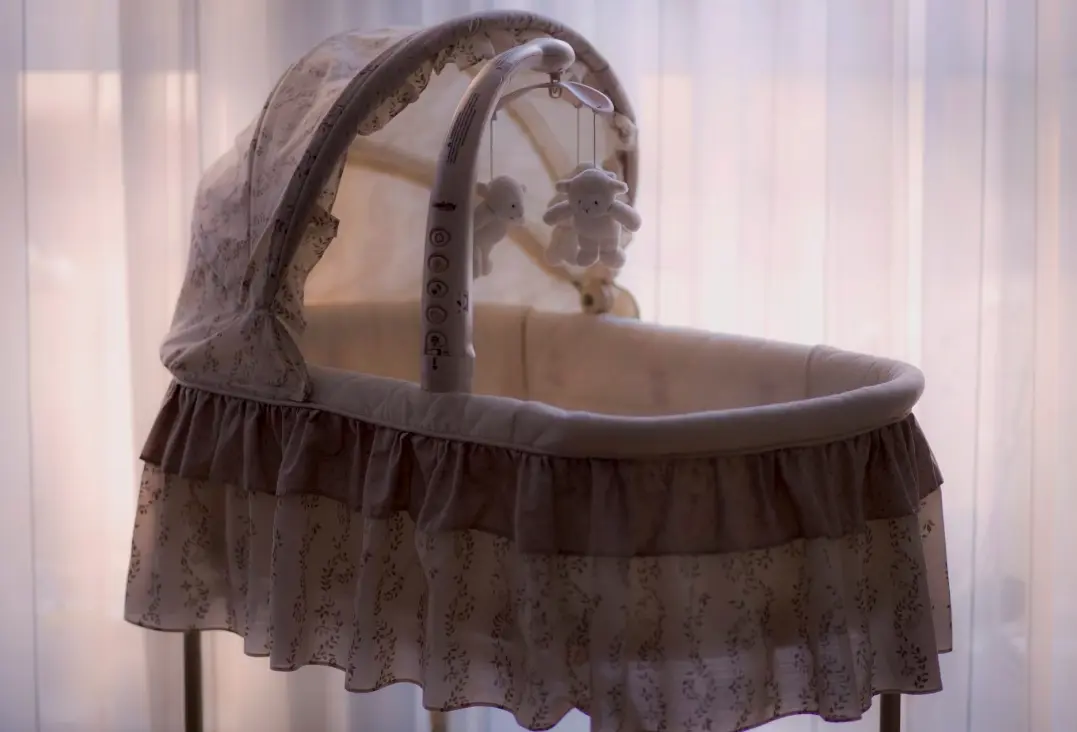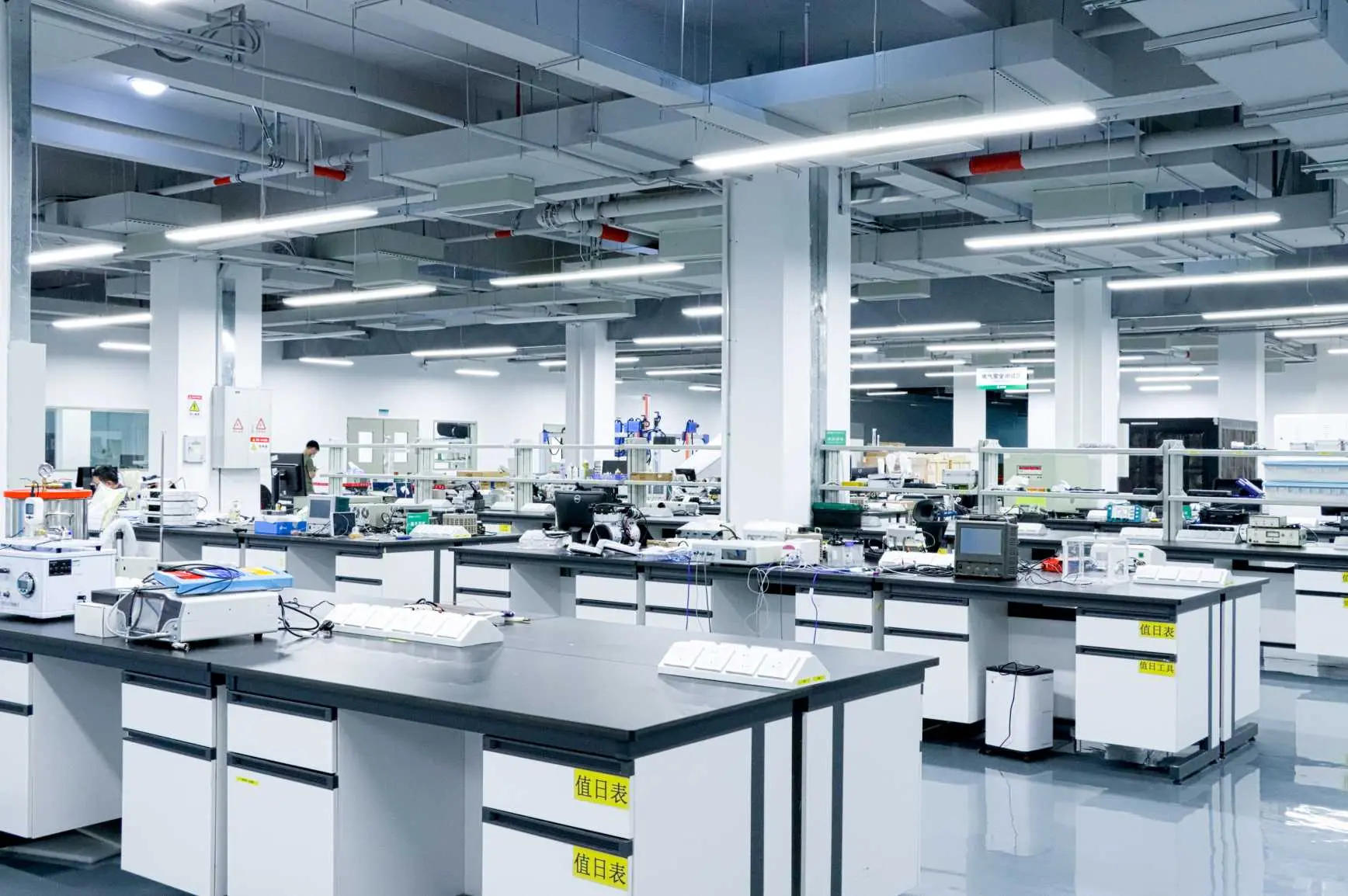
Power Supply CB, UL, CCC Certification Test Guidelines
Power Supply Safety Test Requirements
Generally speaking, power supply safety certifications in various countries are regulated from the following aspects:
1. Creepage Distance:
Creepage distance refers to the distance measured along the insulating surface between two conductive bodies or the shortest distance between a conductive component and the device interface. This safety requirement is to prevent electric shock risks caused by arcing in power supply products.
2. Dielectric Strength:
When a voltage of AC 1500V or DC 2200V is applied between the AC input lines or between the AC input and the chassis, and no breakdown or arcing occurs, the product is considered compliant.
3. Leakage Current:
Exposed, non-live metal parts should be connected to the earth. Leakage current is measured by placing a 1.5kΩ resistor between these parts and the ground, and measuring the leakage current. For switch-mode power supplies, the leakage current should not exceed 3.5mA at 260V AC input.
4. Temperature:
Safety standards place great emphasis on the temperature of electrical appliances and require materials to be flame-retardant. For switch-mode power supplies, internal temperature rise should not exceed 65°C. If the ambient temperature is 25°C, the temperature of the power supply components should be less than 90°C.
A power supply that does not meet safety standards may not directly affect the user initially, but over time, due to the influence of moisture and dust, it may cause a short circuit in the high-voltage area. This not only damages the power supply but also severely affects the power grid, causing harm to other electrical devices.
5. Electromagnetic Interference (EMI):
Electromagnetic interference is divided into conducted interference and radiated interference. Conducted interference propagates through the power lines and typically affects the audio frequency range, mainly below 30 MHz. Since computer power supplies have metal casings, which shield radiated interference, the interference is more often conducted.
The extent of conducted interference is an important standard for assessing the quality of computer power supplies. It includes two main considerations: First, preventing electromagnetic interference from the power grid from affecting the normal operation of the host system; and second, preventing electromagnetic interference generated by the host itself from entering the power grid and affecting other electrical appliances.
Power Supply CB System Certification
The foundation of the CB system is to make product safety test results globally accepted. After passing the cb tests, a CB test certificate and a CB test report are issued. Together, these two documents form a passport to the global market.
1. Importance of Power Supply cb certification:
With the CB test certificate and report, manufacturers can apply for global certifications from national-level certification bodies within the CB system, typically without needing additional testing. When a power supply product with a CB certificate needs to be certified in another country, certification costs and timelines can be significantly reduced, allowing for quick entry into new markets. If entering countries with their own certifications, the CB certification can demonstrate that the product has obtained international-level certification or approval.
2. Main CB Standards for Power Supply Products:
Power supply for information products: IEC 60950-1
Power supply for audio/video products: IEC 60065
General battery chargers: IEC 60335-2-29, IEC 60335-1
General isolated power supplies (output voltage greater than 50VAC, 120VDC, less than 1000VAC, 1415VDC): IEC61558-2-4
General safety isolated power supplies (output voltage less than 50VAC or 120VDC): IEC61558-2-6
Switch-mode power supplies: IEC61558-2-17
Power supply for toy products: IEC61558-2-7
Power supply for measuring instruments: IEC61010-1
Power supply for medical instruments: IEC60601-1
Uninterruptible power supplies (UPS): IEC62040-1-1
3. Power Supply CB Certification Documents:
1) Product manual
2) Safety design documentation (including key structural diagrams, reflecting creepage distance, clearance, insulation layers, and thickness)
3) Product technical specifications (or company standards)
4) Product electrical schematic diagram
5) Product circuit diagram
6) List of key components or raw materials (preferably with European certification marks)
7) Copies of certifications for the complete product or key components
8) Other necessary documents
Note: Factory inspection is not required. The certification cycle typically takes 2-3 weeks.
Power Supply Adapter North American UL certification Requirements
UL stands for Underwriter Laboratories Inc., which is the most authoritative safety testing and certification organization in the United States and one of the largest private organizations engaged in safety testing and certification worldwide. UL certification primarily focuses on product safety performance testing and certification but does not cover product EMC characteristics.
1. Importance of Power Supply Adapter UL Certification:
Although UL certification is not mandatory, it is highly recognized among American consumers. It is almost impossible to sell a power supply product in the U.S. market without UL certification. The difficulty of obtaining UL certification varies depending on the standard, with key issues including structure, materials, temperature rise, electrical clearance, and creepage distance.
2. Main UL Standards for Power Supply Adapters:
Power supply for information products: UL62368, UL60950-1
Power supply for audio/video products: UL62368, UL 60065
Power supply for toy products: UL 697
Safety low voltage power supply (including chargers): UL 1310
Non-safety low voltage power supply (including chargers): UL 1012
Inverters for vehicles: UL 458
Uninterruptible power supplies (UPS): UL 1778
Power Supply Adapter Latest 3C Certification Requirements
Electronic product endurance relies on chargers and adapters. A power supply adapter is an external power source that connects to the device with a cable, providing stable low-voltage DC output under ideal power conditions. Power supply adapters for audio/video and information technology devices fall under the CCC certification scope and must complete 3C certification before being sold in the Chinese market.
1. Importance of Power Supply Adapter 3C Certification:
On December 3, 2001, the General Administration of Quality Supervision, Inspection and Quarantine and the Certification and Accreditation Administration of China issued the 2001 No. 33 Announcement, "The First Batch of Products Implementing Mandatory Product Certification" (hereinafter referred to as the "Catalog"). The catalog includes 19 categories and 132 types of products. Category 8 includes "Audio and Video Equipment" and subcategory 0807 includes "Power Supply Adapters for Audio/Video Equipment," while Category 9 includes "Information Technology Equipment" and subcategory 0907 includes "Power Supply Units and Adapters for Computers."
According to the "Regulations on Mandatory Product Certification," products in the catalog cannot be sold, imported, or manufactured after May 1, 2003, without mandatory product certification and without the China Compulsory Certification mark.
2. Main 3C Standards for Power Supply Adapters:
Safety requirements for audio, video, and similar electronic devices: GB8898-2011
Information technology equipment safety – Part 1: General requirements: GB4943.1-2011
Electromagnetic compatibility – Limits for harmonic current emissions (equipment with each phase input current ≤16A): GB17625.1-2012
Radio disturbance characteristics limits and measurement methods for sound and television broadcast receivers and related equipment: GB/T13837-2012
3. 3C Certification Process for Power Supply Adapters:
1) Certification application
2) Type testing (sample testing)
3) Result evaluation and approval (audit and issuance of certificate)
4) First factory inspection within 3 months of certification
5) Annual inspection once every year
4. 3C Certification Documents for Power Supply Adapters:
1) Submit 2 samples of the main model and 1 sample of the covered model for each application unit
2) If the sample is of a non-detachable structure, provide a detachable sample
3) CCC certification application form (in both Chinese and English)
4) Copy of the applicant's business license
5) Product manual
6) Product specifications
7) Product maintenance manual (if available)
8) Product circuit diagram (including schematic and printed circuit board diagram)
9) Explanation of differences between the main model and covered models in the same application unit (if any)
10) List of key safety components and components affecting electromagnetic compatibility
11) Chinese nameplate and warning labels
12) Copy of the certification for key safety components
13) Factory inspection survey form
14) CB test certificate and report (if available)
15) Trademark authorization letter (if available)
16) Declaration of conformity
Email:hello@jjrlab.com
Write your message here and send it to us
 Children's Bicycle and Helmet Testing
Children's Bicycle and Helmet Testing
 EU Toy Compliance Certification
EU Toy Compliance Certification
 Children's Jewelry Compliance Certification Testin
Children's Jewelry Compliance Certification Testin
 Children and Baby Products Testing Laboratory
Children and Baby Products Testing Laboratory
 Infant and Toddler Products CPC Certification (Ama
Infant and Toddler Products CPC Certification (Ama
 Certification Testing for Children's High Chairs
Certification Testing for Children's High Chairs
 Children's Stroller Compliance Certification Testi
Children's Stroller Compliance Certification Testi
 China Mask Certification Testing Laboratory
China Mask Certification Testing Laboratory
Leave us a message
24-hour online customer service at any time to respond, so that you worry!




